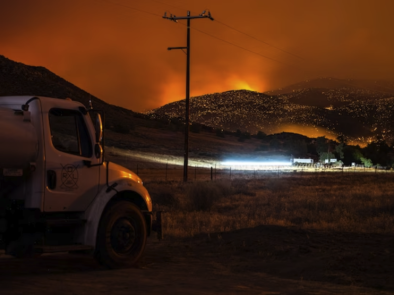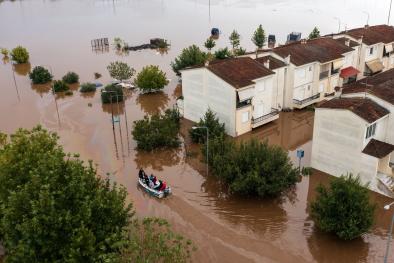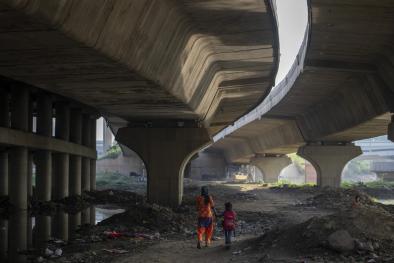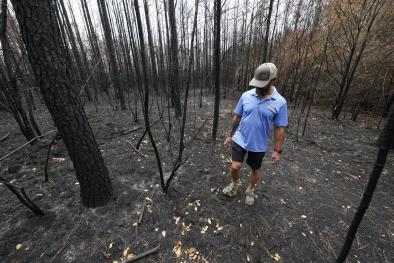Science Source
Learning to coexist with wildfire
- States that the impacts of escalating wildfire in many regions — the lives and homes lost, the expense of suppression and the damage to ecosystem services — necessitate a more sustainable coexistence with wildfire
- States that climate change and continued development on fire-prone landscapes will only compound current problems
- States that emerging strategies for managing ecosystems and mitigating risks to human communities provide some hope, although greater recognition of their inherent variation and links is crucial
- Argues that without a more integrated framework, fire will never operate as a natural ecosystem process, and the impact on society will continue to grow
- Concludes that a more coordinated approach to risk management and land-use planning in these coupled systems is needed
Related Content
Headline

Nov 17, 2023 | Climate Nexus Hot News
Utility Responsible For Wildfire, CA Report Says
Headline

Oct 26, 2023 | Climate Nexus Hot News
The Planet is ‘Under Siege,’ Scientists Say
Headline

Oct 11, 2023 | Climate Nexus Hot News
Climate Change Forcing Children to Move
Headline

Sep 20, 2023 | AP
In a state used to hurricanes and flooding, Louisiana is battling an unprecedented wildfire season


